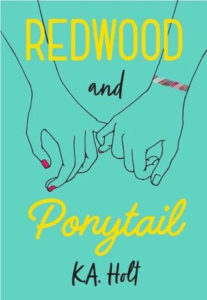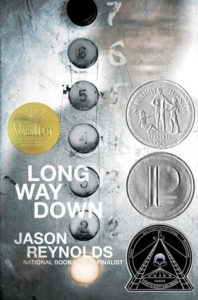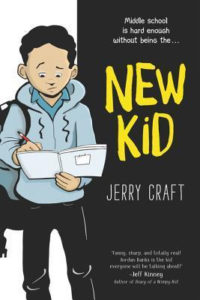This post was written by NCTE member Anna Osborn.
I teach some of the toughest readers to please. I even have a hashtag—#TRtP—when one of my middle-school readers becomes a particular puzzle and I carry my teacher questions about them home at the end of a long day, searching for a new title or instructional next step that can help move them as a reader.
No, it’s not because some of my students have been identified as reading one or more years below level based on district or state assessments—which they have. It’s not even because many of them enter my class carrying a lot of reading-baggage that might include a lack of happy reading memories to build their self-efficacy or their emotional responses to reading—which is also sadly too often the case.
The truth is the term “toughest reader to please” can, at various times, be applied to any one of us. So let’s take a moment to think about some of the things that can turn a middle-school reader into a #TRtP.
Tough-Readers-to-Please sometimes need explicit instruction in choosing a book. Choosing something based on personal interest may seem like a no-brainer to us, but many of the students I have worked with have needed time to consider and delve into their personal preferences. I do this by using a variety of surveys and interest inventories as early as the first week of school.
#TRtPs who know what they like can often get stuck when there simply aren’t available stories in a classroom library that meet their wants and needs as a reader. Teaching my students to shop online has helped to make us all responsible for building our classroom stacks. I fundraise and keep a gift card for our local bookstore to make sure I can always get the next book in a series or another copy of that book everyone wants to read as soon as possible.
#TRtPs are often pushed aside in school culture and mislabeled as “struggling” or “resistant” when the truth is that we too often do not welcome them fully into our school communities as we should. My students help run our annual fundraiser, which has become a community-wide family celebration of literacy. We call it our Fall into Reading Party, and clubs and organizations like our jazz band and cheerleaders help to make it a night of family fun.
I could go on and on. The past thirteen years of working with Tough-Readers-to-Please has taught me that they are as varied as middle school kids, meaning I will always be learning from them as long as I am teaching.
One of the things I love most about working with #TRtPs is talking books. Let me close by sharing a few of the titles that have gotten my students reading:

When I brought an advanced reader copy of K.A. Holt’s Redwood and Ponytail back from last year’s NCTE Convention in Houston, students could not wait to get their hands on it. Familiar with Holt’s Rhyme Schemer and House Arrest, students lined up to read this story of two girls who fall in like.

Long Way Down by Jason Reynolds is a novel-in-verse that I recommend #TRtPs read as an audiobook. There is something powerful about listening to an author read their own work. The version I listened to had a terrific interview with Jason in which he challenged many misconceptions about incarcerated youth.

My #TRtPs cannot get enough of graphic novels. New Kid by Jerry Craft grabs their attention because of its format, but my students love the story of Jordan, the title character who finds himself one of the few kids of color in his school.

Anna Osborn has been teaching language arts at the secondary level for 19 years. Currently she is a reading specialist at Jefferson Middle School and is pursuing a PhD in literacy at the University of Missouri-Columbia.

